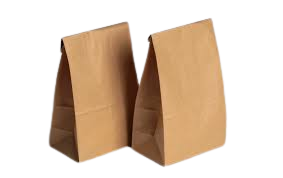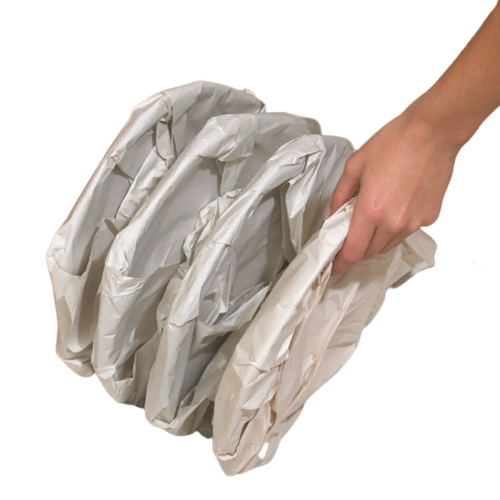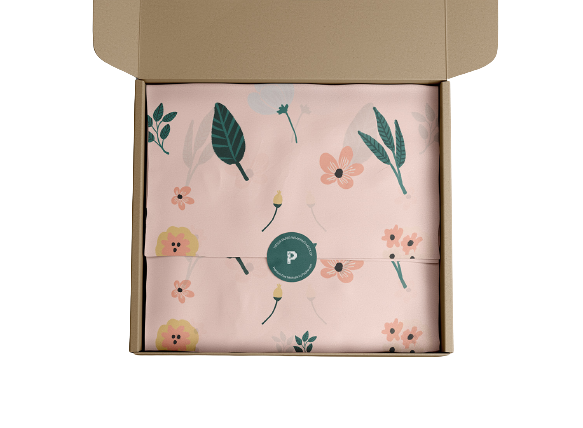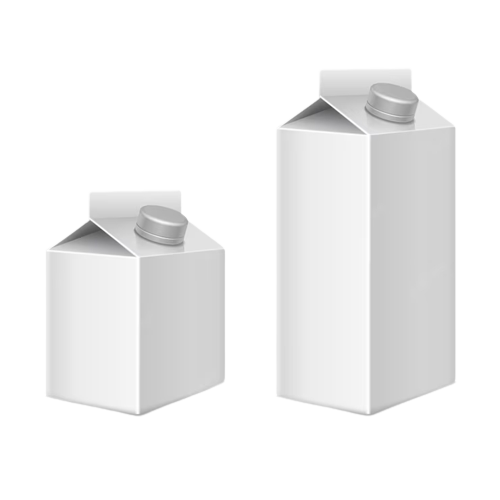Paperboard
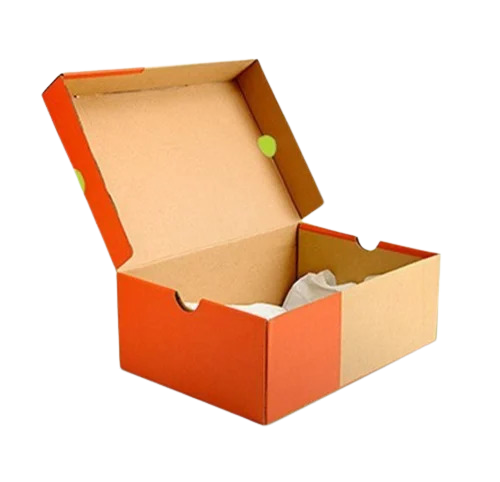
Paperboard
This is a thick, sturdy paper that is commonly used for cereal boxes, shoeboxes, and other consumer goods packaging.
 Carbon Footprint: 400 to 800 kg CO2e per tonne*
Carbon Footprint: 400 to 800 kg CO2e per tonne*
 Time to decompose : weeks to months in facility
Time to decompose : weeks to months in facility
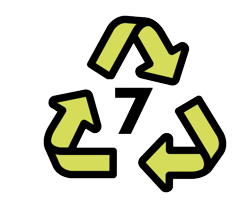 Recyclability : 3 to 6 times
Recyclability : 3 to 6 times
 Price Range : $ 0.50 to 2.00*
Price Range : $ 0.50 to 2.00*
Key features
| Features | Description |
|---|---|
| Recyclable | Paperboard packaging is recyclable, allowing it to be transformed into new paper products, reducing waste and promoting a circular economy. |
| Versatile | Paperboard packaging can be easily customized and shaped into various forms and sizes to meet different packaging needs and accommodate different products. |
| Lightweight | Paperboard packaging is lightweight, which reduces shipping costs, energy consumption, and environmental impact compared to heavier packaging materials. |
| Printability | Paperboard packaging offers excellent printability, allowing for high-quality graphics, branding, product information, and visual appeal. |
| Strength and Durability | Paperboard packaging provides sufficient strength and durability to protect products during shipping and handling, ensuring they arrive in good condition. |
| Eco-Friendly | Paperboard packaging is made from renewable resources, such as wood fibers from sustainably managed forests, making it an environmentally friendly choice. |
| Biodegradable | Paperboard packaging is biodegradable, meaning it can naturally decompose over time, minimizing its impact on landfills and ecosystems. |
| Cost-Effective | Paperboard packaging is often cost-effective compared to other packaging materials, making it an economical choice for businesses. |
| Barrier Properties | Paperboard packaging can be coated or treated to provide barrier properties against moisture, grease, and other external factors, preserving product quality. |
| Sustainable Sourcing | Paperboard packaging can be sourced from responsibly managed forests or from recycled paper, promoting sustainable and responsible procurement practices. |
Specification
- Material Composition : Paper fibers derived from wood pulp or recycled paper sources
- Thickness : Available in different thicknesses for varying levels of rigidity and protection
- Coating Options : Can be coated or laminated with materials to enhance properties like moisture resistance and barrier protection
- Printing Compatibility : Compatible with offset printing, flexography, and digital printing techniques
- Size and Shape : Customizable to fit specific product dimensions and packaging requirements
- Sustainability Certifications : May be certified by organizations like FSC or PEFC for responsible sourcing
- Recyclability : Widely accepted for recycling through municipal or specialized recycling programs
- Strength and Stiffness : Offers varying levels of strength and stiffness based on grade and thickness
- Regulatory Compliance : Meets relevant regulatory standards for food safety and product suitability
- Usage Applications : Used in consumer goods, food and beverage, pharmaceutical packaging, and more
Related Products
FAQ's
- Q1: What is paperboard packaging?
- A1: Paperboard packaging is packaging material made from paper fibers derived from wood pulp or recycled paper sources.
- Q2: Is paperboard packaging recyclable?
- A2: Yes, paperboard packaging is widely recyclable and can be collected through municipal recycling programs or specialized recycling facilities.
- Q3: Can paperboard packaging be customized in terms of size and shape?
- A3: Yes, paperboard packaging can be manufactured in different sizes and shapes, customized to fit specific product dimensions and packaging requirements.
- Q4: What printing techniques are compatible with paperboard packaging?
- A4: Paperboard packaging is compatible with various printing techniques, including offset printing, flexography, and digital printing.
- Q5: Is paperboard packaging suitable for food packaging?
- A5: Yes, paperboard packaging can be designed to meet food safety regulations, making it suitable for food and beverage packaging.
- Q6: What are the strength and stiffness characteristics of paperboard packaging?
- A6: Paperboard packaging offers varying levels of strength and stiffness depending on the specific grade and thickness used.
- Q7: What are the coating options available for paperboard packaging?
- A7: Paperboard packaging can be coated or laminated with various materials to enhance its properties, such as moisture resistance and barrier protection.
- Q8: What are the common applications of paperboard packaging?
- A8: Paperboard packaging is used in a wide range of applications, including consumer goods packaging, food and beverage packaging, pharmaceutical packaging, and more.
- Q9: Does paperboard packaging have sustainability certifications?
- A9: Yes, paperboard packaging can be certified by organizations such as the Forest Stewardship Council (FSC) or Programme for the Endorsement of Forest Certification (PEFC) for responsible sourcing.
- Q10: Is paperboard packaging suitable for heavy or fragile products?
- A10: Yes, paperboard packaging can provide adequate protection for a variety of products, including heavy or fragile items, based on the specific grade and thickness used.




